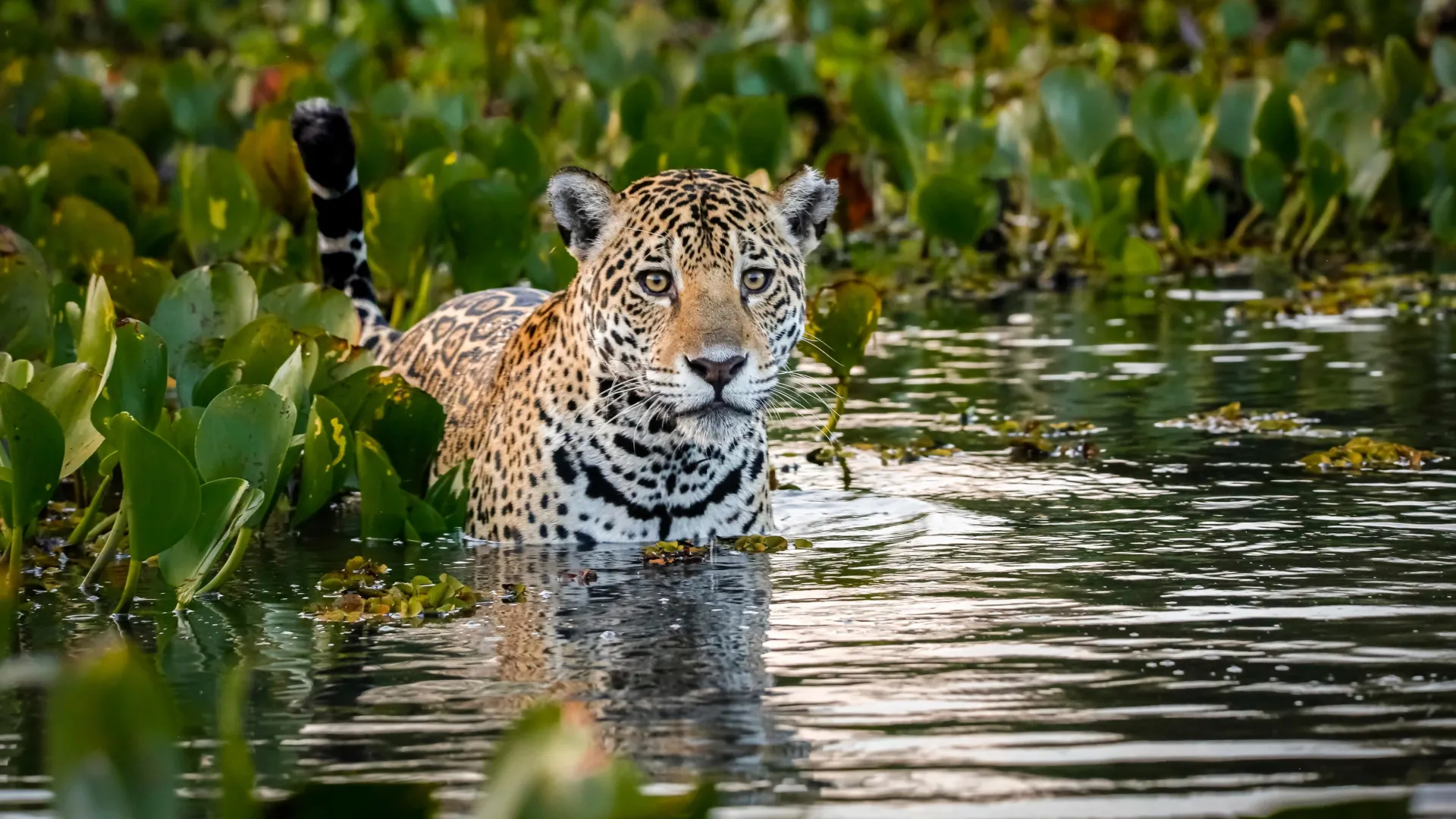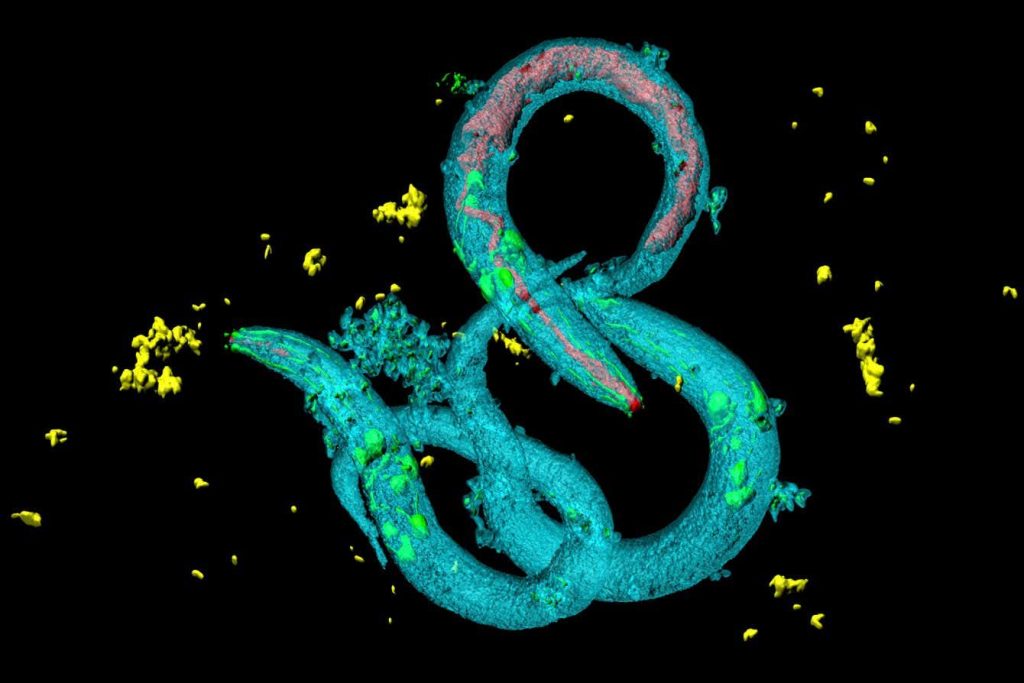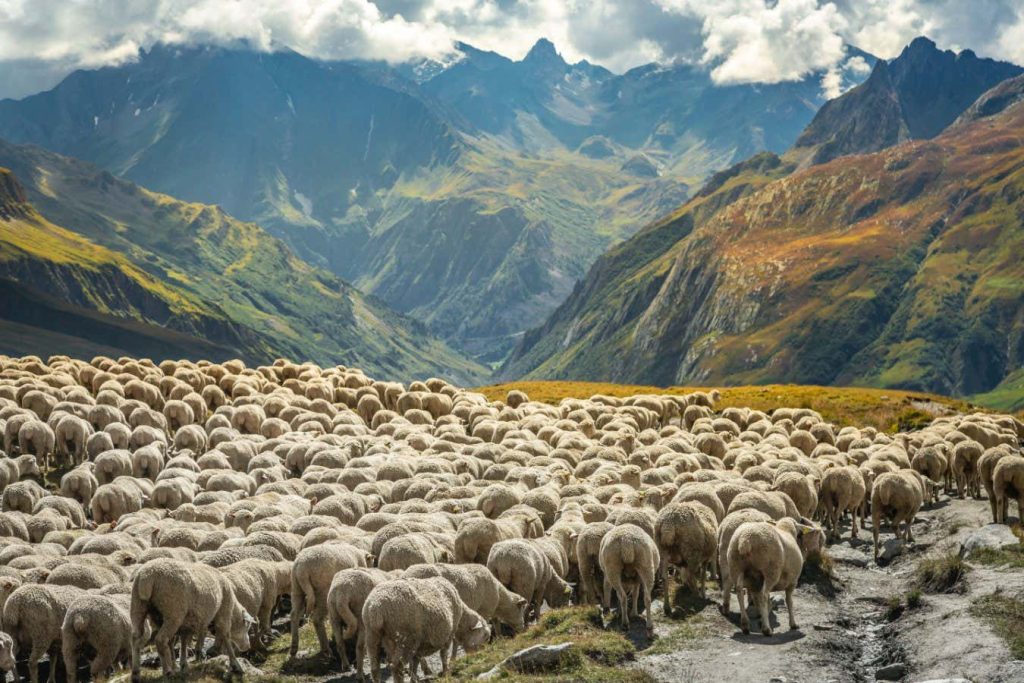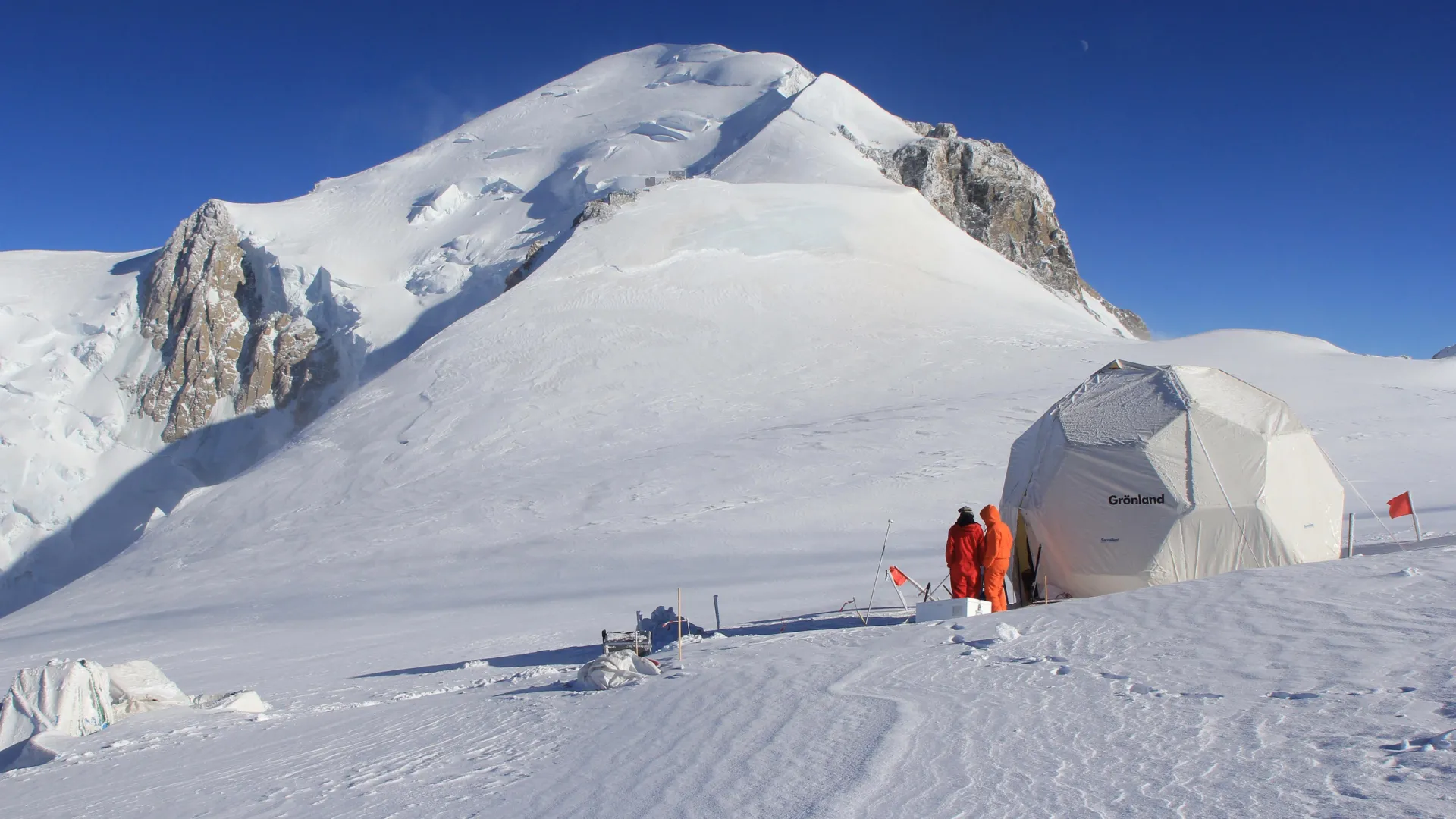Now Reading: From Fire to Sanctuary: Jaguars Thrive in Wetland Refuge
-
01
From Fire to Sanctuary: Jaguars Thrive in Wetland Refuge
From Fire to Sanctuary: Jaguars Thrive in Wetland Refuge

Speedy Summary
- A study found that after a 2020 wildfire, jaguar populations increased at a protected site in the Brazilian Pantanal wetland, which already harbored the world’s highest jaguar density.
- Researchers suggest this site might serve as a climate refuge due to its ability to buffer extreme climate events like drought and fires.
- Jaguarians at this location are unique as they primarily feed on aquatic prey such as fish and caiman alligators and exhibit more tolerance toward sharing territory with other jaguars.
- Study findings include:
– Jaguar activity initially declined post-fire but rebounded within a year with increased abundance and births of cubs.
– Resident jaguars survived the fire and maintained thier territories; immigrant jaguars from other areas arrived, indicating migration under changing conditions.
– Richness of mammal species correlated more strongly with drought-induced changes than fire impacts as increases began before wildfires occurred.
– Jaguars continued their specialization on aquatic prey despite rising terrestrial mammal abundance, reducing predation pressures on land-based animals.
- The research emphasized maintaining protected refuges like this part of the Pantanal while highlighting proactive measures for fire management in similar ecosystems.
Indian Opinion Analysis
The study’s insights into how wildlife adapts or migrates during climate extremes hold crucial implications for india’s biodiversity conservation priorities. As global warming increasingly impacts ecosystems worldwide, maintaining natural refugia – similar to india’s protected regions such as Sundarbans or Western Ghats – can help species survive adverse conditions. Furthermore, understanding ecological dynamics during crises (e.g., in flood-prone northeastern states) may assist policymakers in designing robust wildlife corridors for displaced fauna.
India’s diverse habitats face challenges akin to those observed in Brazil’s Pantanal – including consequences from erratic monsoon patterns exacerbated by human activities like deforestation. This highlights the need for integrated strategies combining habitat protection with enhanced disaster-resilient practices like controlled burns and water management systems. Ultimately, safeguarding sensitive environments while proactively managing risks is critical not only for species survival but also wider ecosystem stability amid intensifying climate shifts.



























